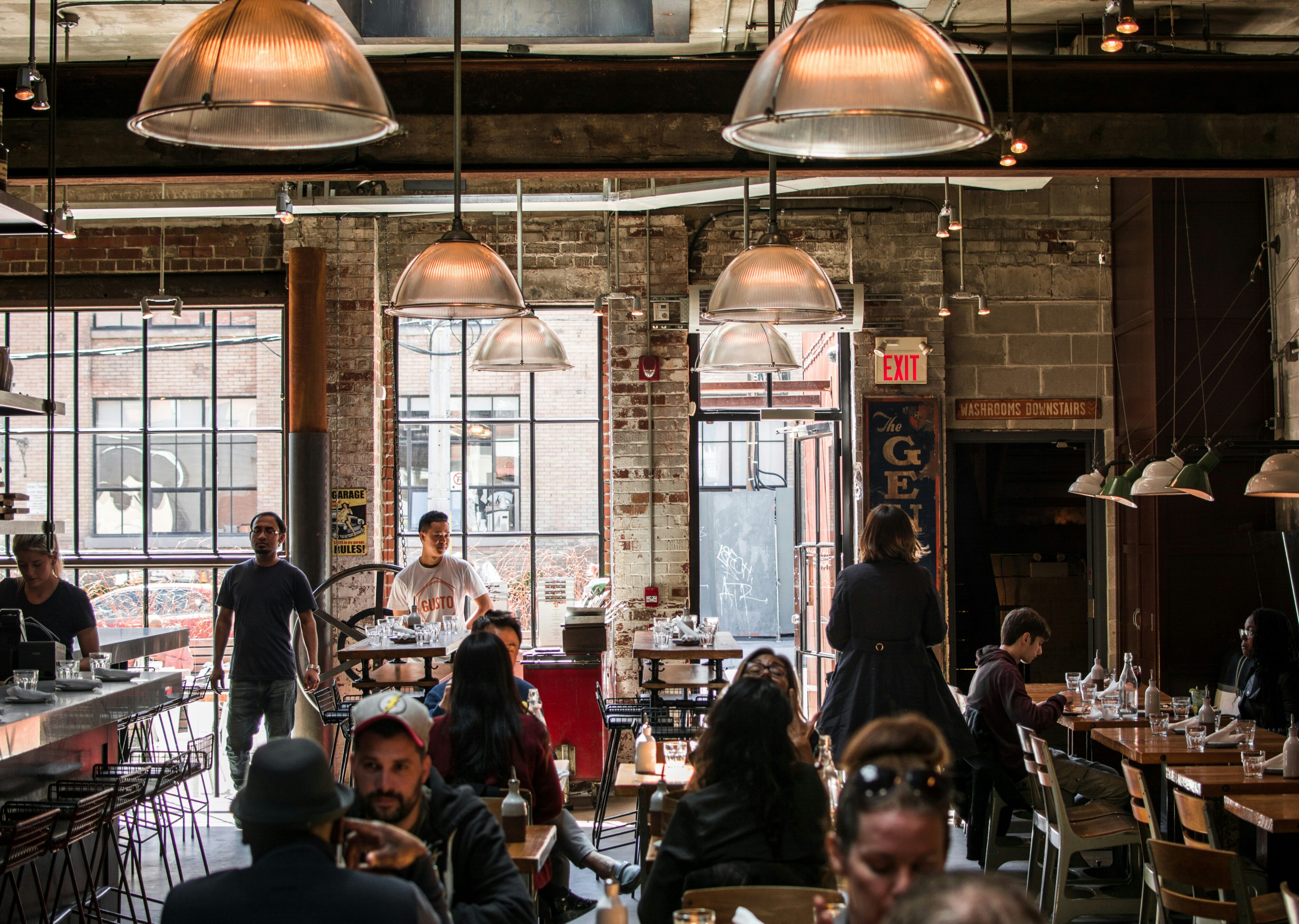Land trusts come together to fight gentrification in Chinatown
THE GREEN LINE
ORIGINAL STORY
Land trusts come together to fight gentrification in Chinatown
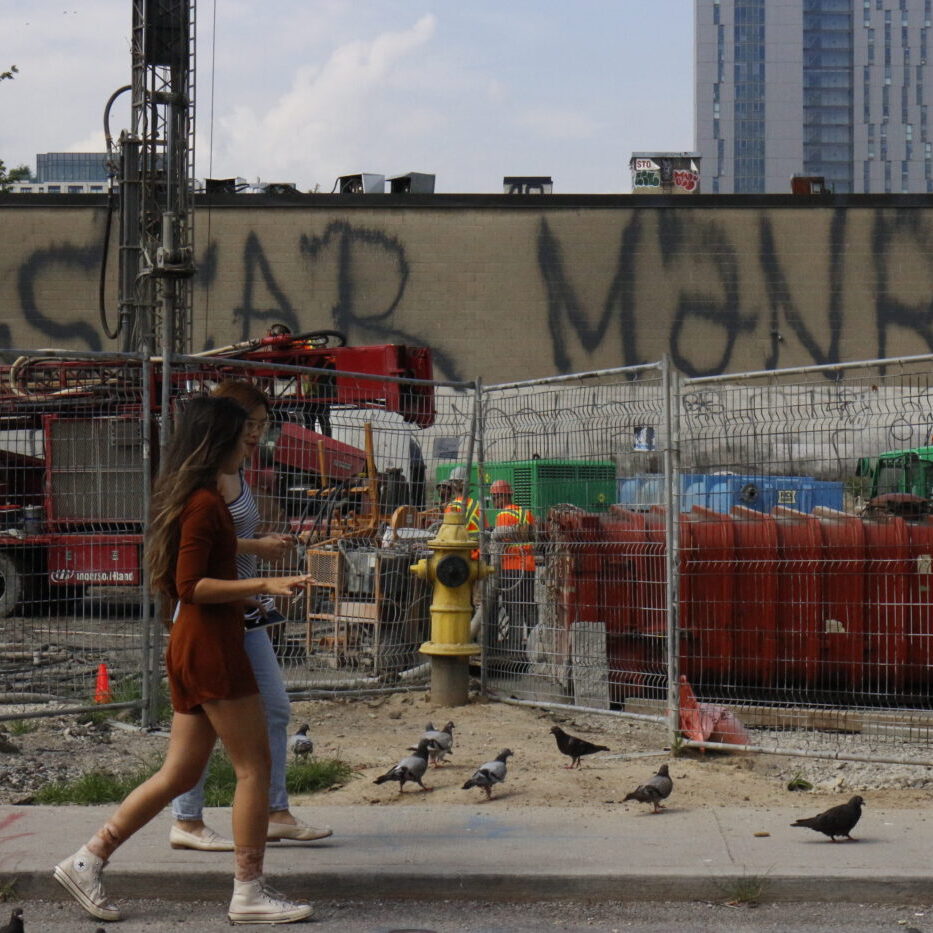
CHIYI TAM, MANAGING DIRECTOR OF THE TORONTO CHINATOWN LAND TRUST, AND THE GREEN LINE EDITOR-IN-CHIEF ANITA LI WALK PAST THE CONSTRUCTION SITE AT 315 TO 325 SPADINA AVENUE.


AMANDA SERAPHINA JAMES RAJAKUMAR
Indian immigrant with a post-grad in journalism from Centennial College. Now living in Grange Park, meeting new people, and hearing different stories. Has four names, so it’s a pick-your-player situation.

JULIA LAWRENCE
Aspiring film photographer who studies journalism, communication and design at Toronto Metropolitan University. Visits beaches at 6 a.m. to clear her head.
September 1, 2023
Toronto's Chinatown at Spadina and Dundas has witnessed many ownership changes over the decades.
Most recently in March 2023, a condo developer purchased 315 to 325 Spadina Ave. to build a 13-story, mixed-use building, which led to the displacement of 10 longstanding businesses, including the beloved Rol San dim sum restaurant.
In response to the rapid changes in their beloved neighbourhood, residents came together to form the Toronto Chinatown Land Trust.
Chiyi Tam, managing director of the trust, and her team will soon be conducting a census on the ownership of buildings in Chinatown. They want to speak to all residents about how to keep local land in community hands.
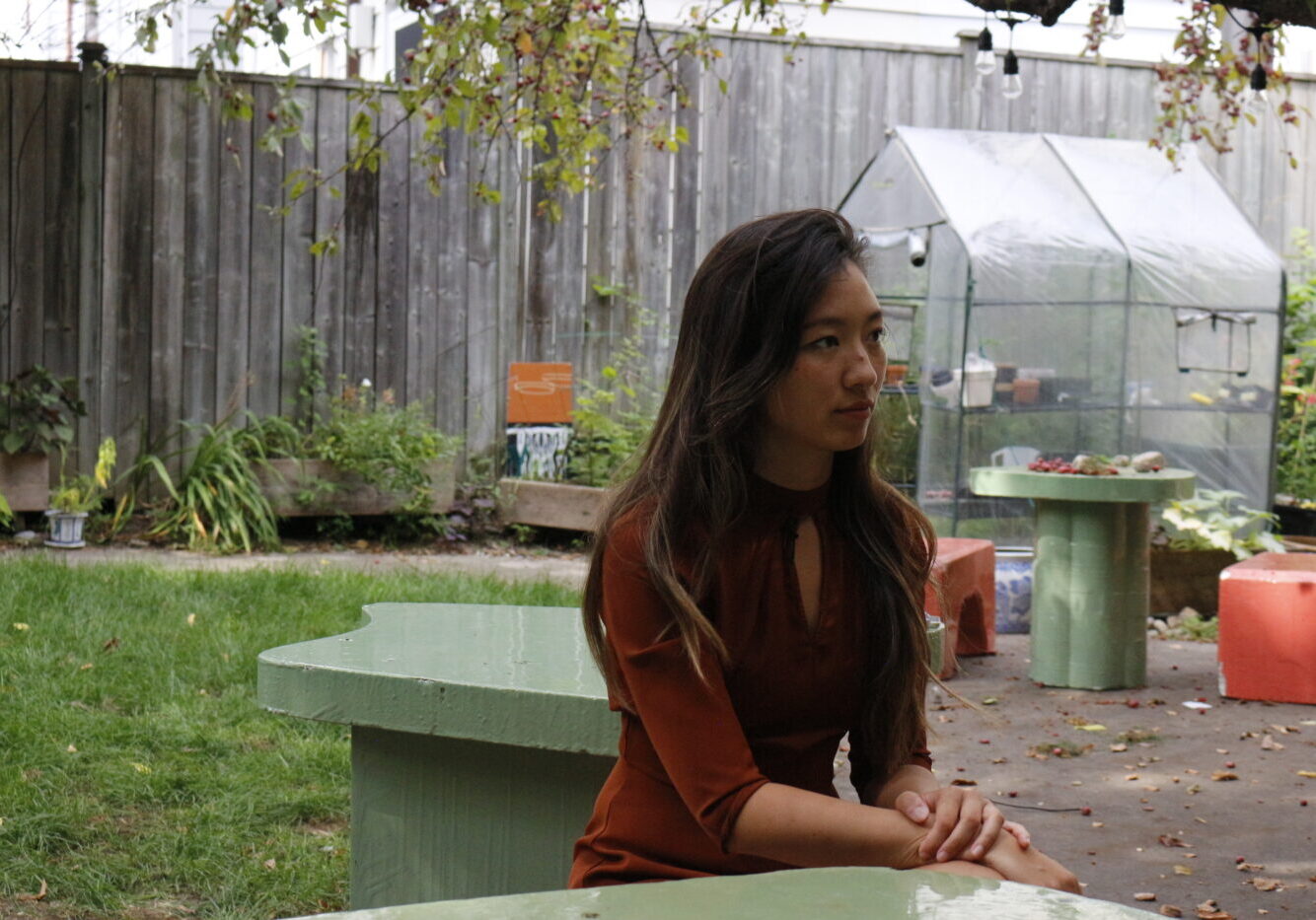
CHIYI TAM, MANAGING DIRECTOR OF THE TORONTO CHINATOWN LAND TRUST, SITTING IN THE GARDEN OF CECIL COMMUNITY CENTRE.

“When you think about Chinatowns, they exist because groups of people do not have systemic power and therefore the answer is to build collective power,” Tam explained. “If you can't provide housing security for yourself and acquire property because you have been made illegal as an individual, a good strategy is to come together with other people, form an association, and buy it as a democratic and non-profit organization together.”
The Toronto Chinatown Land Trust drew inspiration from one of its sister organizations, the Parkdale Neighbourhood Land Trust.
Executive director Joshua Barndt says the trust bought its first building in 2019 — and now own 85 properties.
In 2021, the Parkdale Neighbourhood Land Trust lobbied the City of Toronto to set up a program that helps nonprofit organizations, like them, purchase buildings and maintain affordable housing.
The City then proposed the Multi-Unit Residential Acquisition (MURA) program, which went on to help the Kensington Market Community Land Trust before officially launching in 2022.
“Just in these 10 years, we went from just an idea of residents trying to respond to the the crisis on the ground, to now a fully formed, community-controlled organization that owns a big housing stock and provides a lot of affordable housing, and has a vision to keep doing that in a really big and impactful way,” Barndt said.
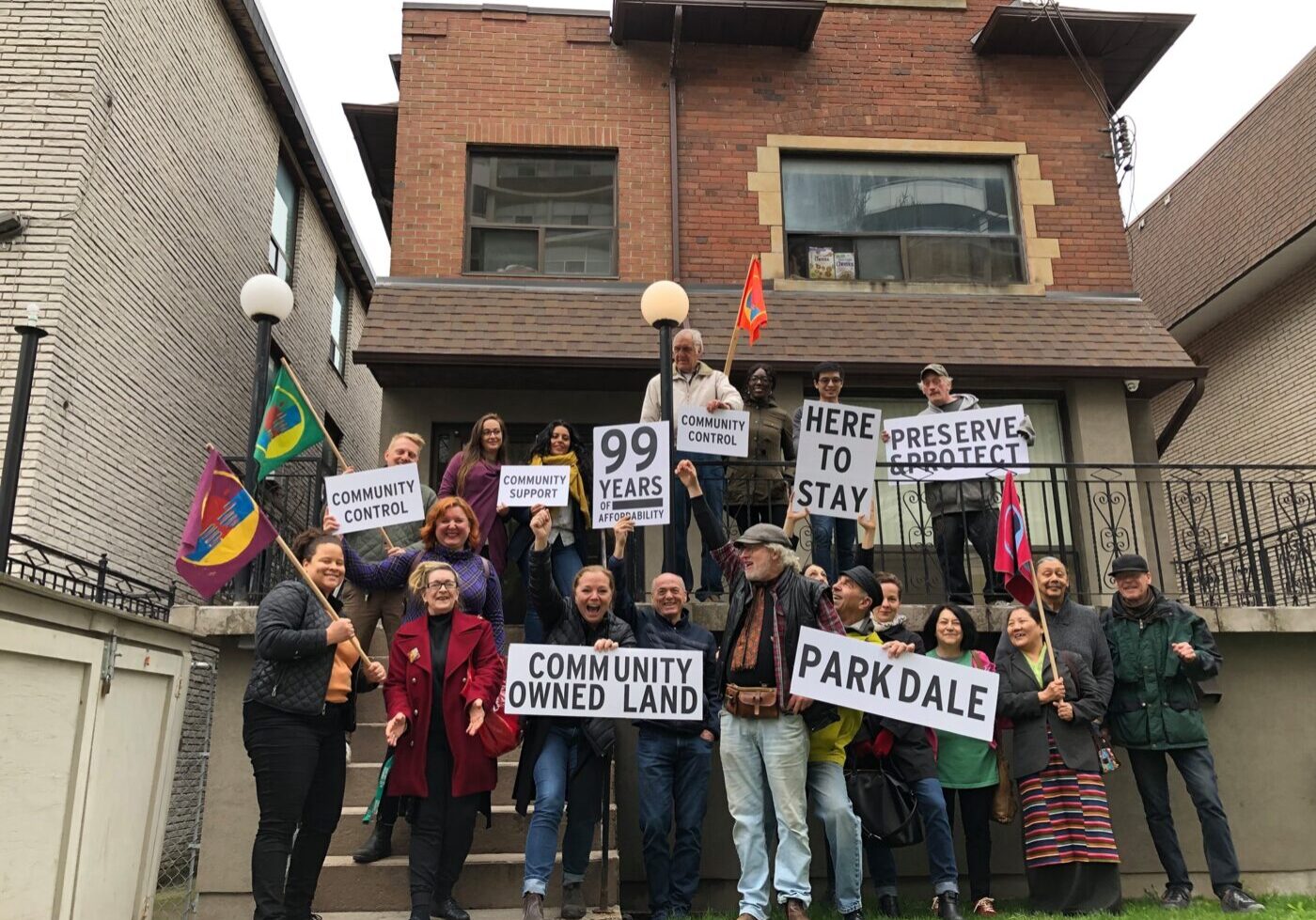
THE PARKDALE NEIGHBOURHOOD LAND TRUST CELEBRATES THE PURCHASE OF 26 MAYNARD AVE. IN 2019.

In 2021, with the help of MURA, the Kensington trust bought 54 and 56 Kensington Ave.
Co-chair Dominique Russell credits Parkdale for playing a big role in helping them get started.
“We had tremendous support, as well, from ... [the] Parkdale Neighbourhood Land Trust who is a sort of sister organization,” Russell explained. "We were able to kind of step into the process of figuring out whether we can buy the building, putting the financing together, but also all the building analysis that you need to do with your due diligence period. We were very lucky in being able to have support to get that done.”
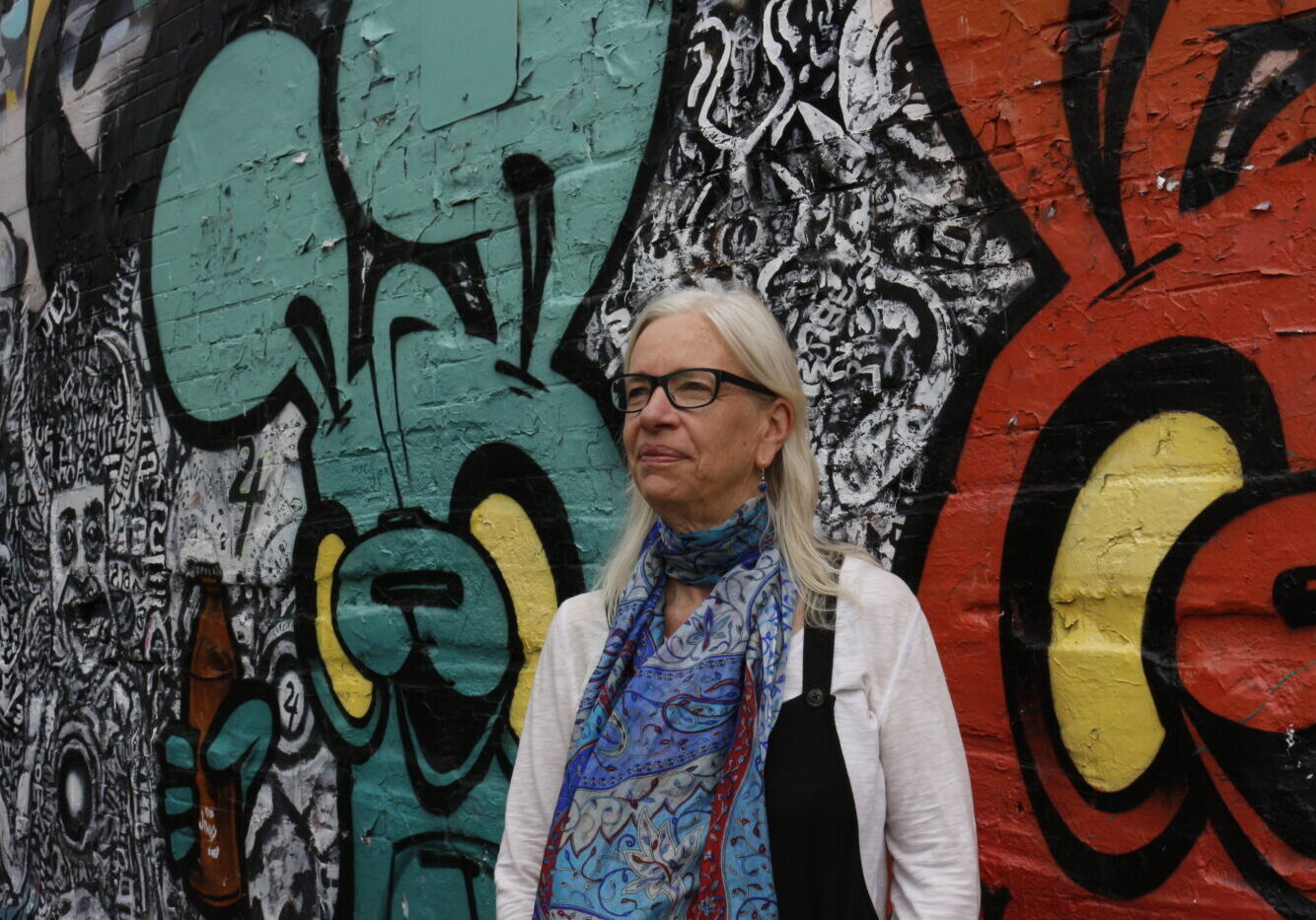
DOMINIQUE RUSSELL, CO-CHAIR OF KENSINGTON MARKET COMMUNITY LAND TRUST STANDS OUTSIDE 54/56 KENSINGTON AVENUE.

With guidance from the Kensington and Parkdale trusts, Chinatown was able to set up its own.
Kuni Kamizaki, a professor of geography and planning at the University of Toronto, also played an important role in setting the Chinatown trust up for success.
Tam said all the trusts have an inclusive and broad approach to solving Toronto's housing crisis because Kamizaki shared his time, strategic advice and research grants.
“It's been one big sister teaching the next group, teaching the next group. So, we also now need to pay it forward to the next group. Parkdale Neighbourhood Land Trust taught Kensington Market Community Land Trust, and in turn, Kensington Market Community [Land] Trust taught Toronto's Chinatown Land Trust how to do it,” she added.
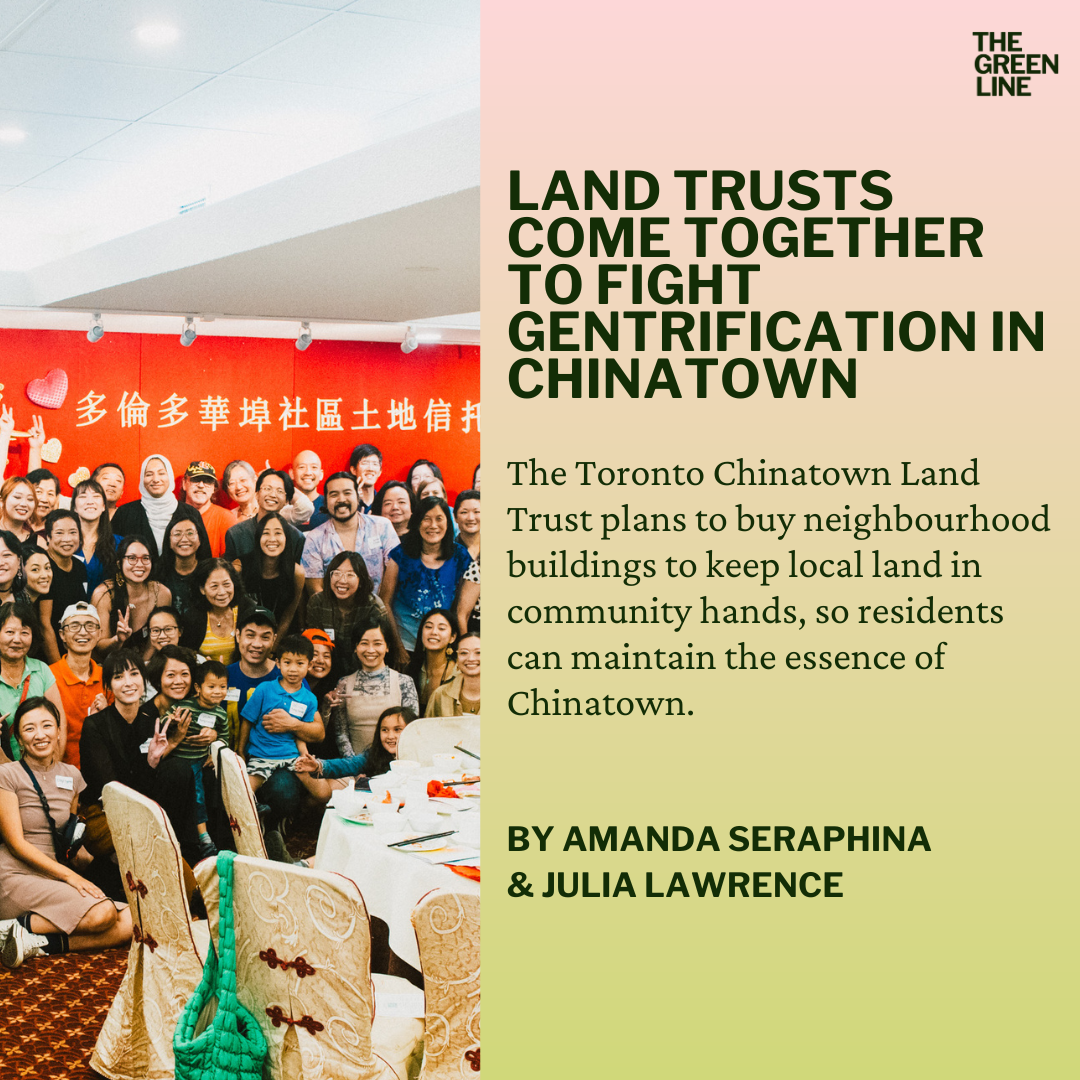
Fact-Check Yourself
Sources and
further reading
Don't take our word for it —
check our sources for yourself.
